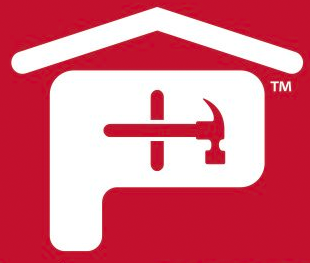Polyiso is the insulation of choice for commercial roof applications because its closed cell characteristics create more R-value per inch than any other rigid foam board insulation product.
With ASHRAE standards creating the need for higher R-values and increased thermal efficiencies in most North American climate zones, thicker insulation is needed as part of the roof system in order for the roof to meet the more stringent code performance standards. Multi-layering polyiso insulation boards most commonly accomplish this, which creates additional thermal efficiencies for the building envelope.
Delay Membrane Splitting
According to the Polyiso Insulation Manufacturing Association (PIMA), because multi-layering of polyiso provides a stronger, more rigid surface underneath the membrane one of the simplest advantages to using multilayers is the reduction in cracking or splitting of waterproof membranes. Cracking and splitting, which sometimes occurs from excessive load or extreme movement, can lead to leaking and the need for repair or replacement. When polyiso insulation is utilized in a layered configuration (2 or more layers, there is less movement in the roof system and less opportunity for this to occur.
Moisture Reduction
When multiple layers of polyiso are used to meet ASHRAE R-value requirements in a commercial roof specification there is an opportunity to prevent moisture on the underside of the roof membrane. The double layer of polyiso doesn’t allow condensation to occur which results from the temperature extremes on opposite sides of the layers. By preventing this condensation the life of the membrane is prolonged and mold growth along with other accumulations are prevented on the underside of the membrane. This ultimately results in a better quality built-up system, according to PIMA.
Thermal Loss Minimized
When two or more layers of polyiso insulation boards are used together to provide the specified insulation thickness for a commercial roof, you dramatically minimize thermal bridging. In order to create the most energy efficient installation, the joints of the polyiso insulation boards should be offset. By offsetting the joints, you create or reduce thermal loss though the configuration from the inside out. Layering the boards and offsetting the joints also reduces any thermal bridging which might occur at the joints.
When specifying and installing a double layer configuration of polyiso, there are thickness requirements, which need to be observed for the top and bottom layers. The top layer of polyiso must meet thickness requirements for the FM, UL or ULC wind uplift classification ratings for the specific roof assembly. The bottom layer, closest to the inside of the structure should meet manufacturers thickness requirements for fire performance according to FM, UL or ULC.
Polyiso insulation board products can be configured for multi-layered thickness specifications using the LTTR Calculator located at www.GreenZone.com. There is also technical information at www.AtlasRoofing.com to assist in installing and fastening polyiso in BUR applications and with single membrane roof systems, both with and without a coverboard.



 Gear!
Gear! PRO LOGIN
PRO LOGIN